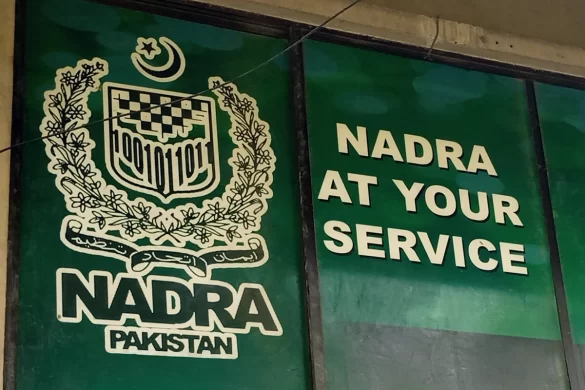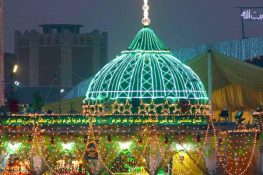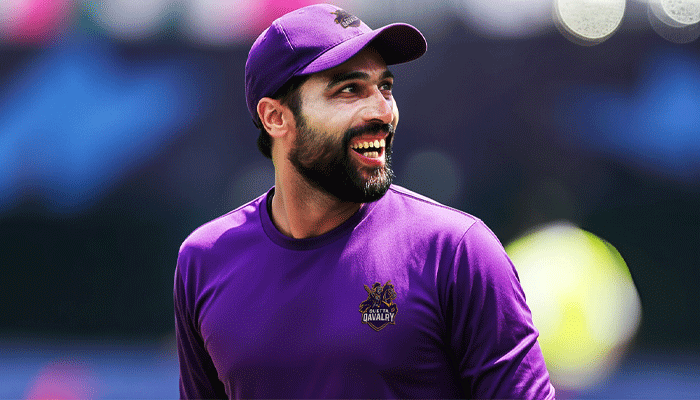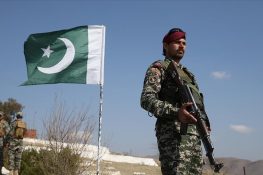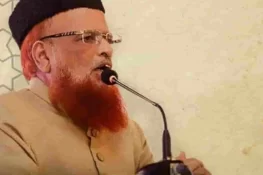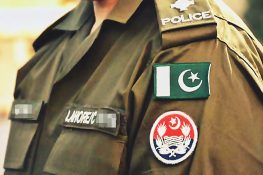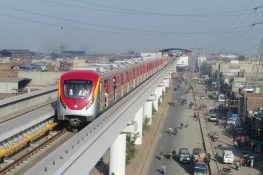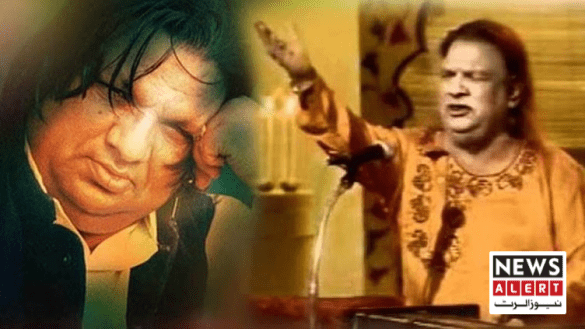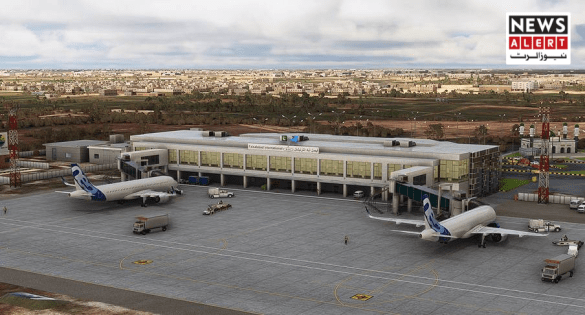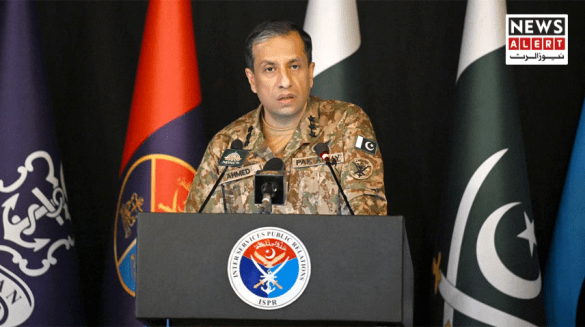Deadly Violence Erupts in Punjab’s Muridke
A wave of violent protests shook Muridke, a tehsil in Punjab’s Sheikhupura district, late Sunday night, escalating into a major law-and-order crisis. Supporters of a prominent religious group clashed with police, resulting in the death of a Station House Officer (SHO), injuries to at least 48 police personnel, and multiple civilian casualties.
Authorities say the unrest began between the night of October 12 and 13, when demonstrators blocked major roads, disrupting traffic and daily life. Initial attempts by law enforcement to negotiate a peaceful resolution were reportedly rejected, and the crowd was further incited by the group’s leadership.
Police Register Murder and Terrorism Case
Following the unrest, police filed a case against the group’s chief, Saad Hussain Rizvi, his brother Ans Rizvi, and other leaders under multiple sections of the law, including the Anti-Terrorism Act. The First Information Report (FIR), lodged at Muridke City Police Station, alleges that Saad Rizvi directly fired at police from the stage, critically injuring SHO Factory Area, who later succumbed to his wounds.
Ans Rizvi is also accused of opening fire and causing injuries to other officers. The case includes charges of murder (Section 302), attempted murder, inciting a mob to spread terror, illegal possession of weapons, and violations under the Anti-Terrorism Act.
Police confirmed that several participants in the protests have already been arrested. However, senior leaders of the group remain at large, and a search operation is underway to apprehend them. Meanwhile, supporters claim Saad Rizvi was taken into custody while injured and demand his immediate public presentation.
Chaos and Destruction on the Streets
The protests quickly turned violent. Demonstrators reportedly used stones, spiked sticks, petrol bombs, and firearms. Police sources said some officers were disarmed, and protesters fired weapons directly at law enforcement.
Authorities deployed tear gas, batons, and other crowd-control measures when the situation spiraled out of control. Despite these efforts, protesters attacked both public and private property. Over 40 vehicles were reportedly torched, including a university bus, and several shops were set on fire.
Casualties included one member of the religious group and a pedestrian, while approximately 30 civilians were injured. Police emphasized that protecting citizens’ lives and property remains the state’s responsibility, and authorities are planning new strategies to handle such violent protests more effectively in the future.
Broader Implications for Law and Order
This incident highlights persistent challenges in Pakistan related to extremism, state authority, and public safety. Punjab, the country’s most populous province, has witnessed similar clashes in the past, raising questions about how the government manages protests by groups with significant mobilizing power.
Experts note that the combination of political influence, religious sentiment, and mass mobilization can make such protests particularly difficult to control. Police responses often face criticism both for failing to prevent violence and for alleged heavy-handedness.
The Muridke clashes underline the urgent need for a multi-pronged approach. Law enforcement authorities may need to combine stricter legal measures, proactive intelligence, and community engagement to prevent such violent outbreaks while safeguarding citizens’ rights.
Implications for Governance and Public Safety
The Muridke violence underscores the fragile balance between maintaining public order and respecting citizens’ rights to protest. With investigations ongoing and senior leaders still at large, Pakistani authorities face mounting pressure to curb extremism decisively and restore public confidence.
Experts suggest that without a comprehensive strategy—combining legal measures, proactive intelligence, and community engagement—similar violent incidents are likely to recur. Authorities have pledged transparency and prompt action, but the coming weeks will test the state’s capacity to protect citizens while managing politically and religiously charged unrest effectively.


